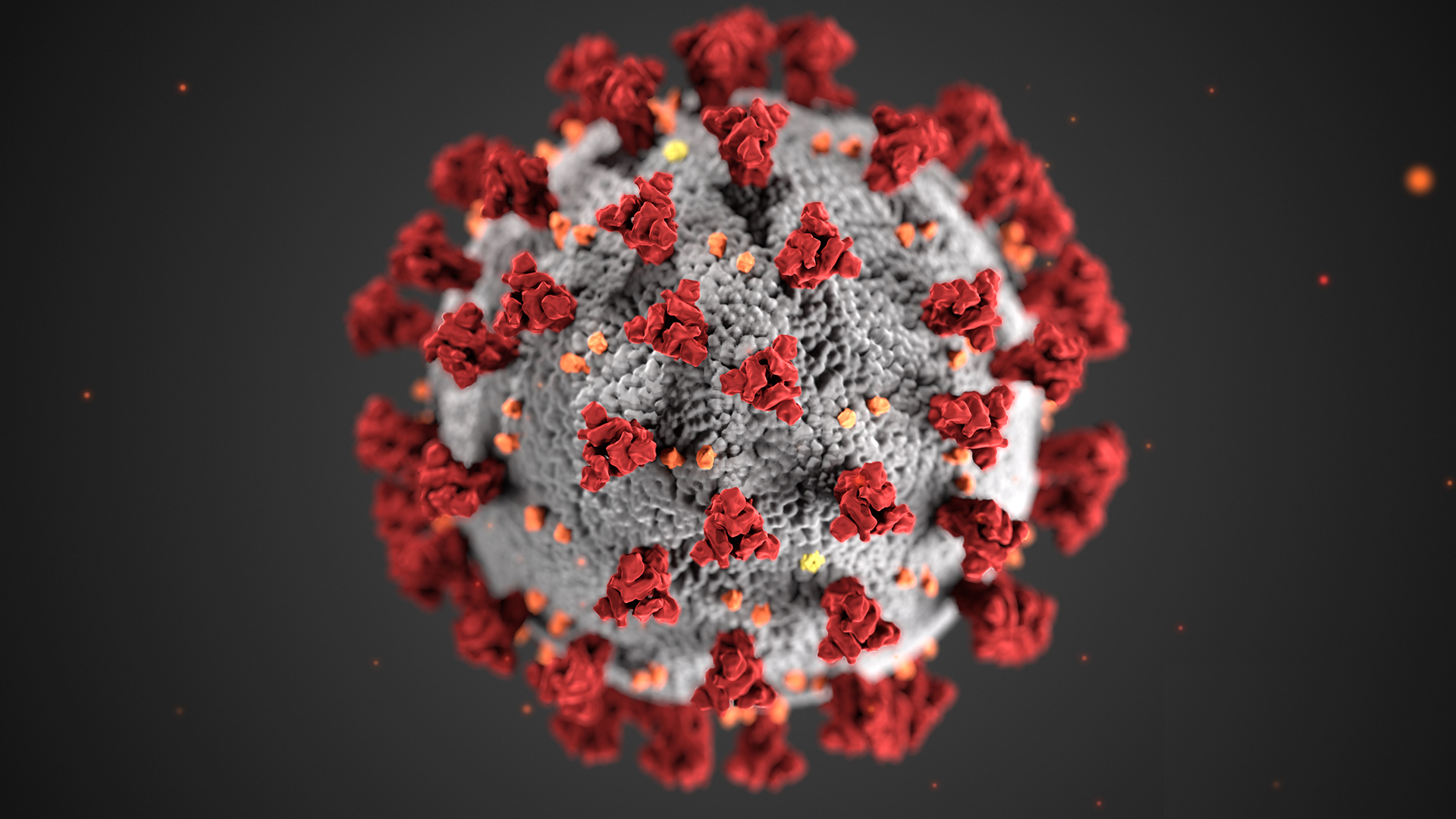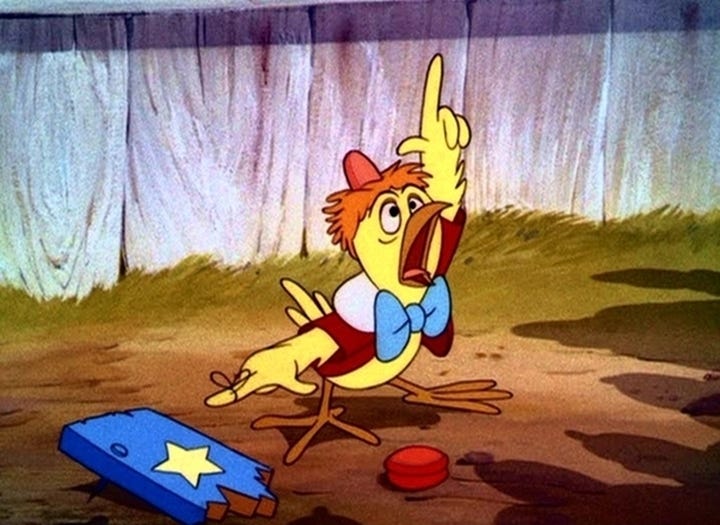Reading for all: Making learning more accessible
Imagine…
If you’re
reading experience was something like:
Sing ABCs. Check.
Sound-to-letter recognition. Check
Letter knowledge to spelling. Check.
Spelling to writing. Check.
This is how typical developing children learn to read. The process is multisensory,
or ‘crossmodal’ lexical processing. What does that mean anyway?! You might
ask. It means that typical children learn by establishing their auditory
system which then influences how their orthographic system is established.
These are the facts…
It might be simple to say, “write
a summary of what you read.”
It may not be that simple for
some of us.
Written language is in fact not something
we were born with, the only mechanism that was built in for us from birth is verbal
and/or expressive language.
The way we associate how a letter
sounds is because we’ve been formally instructed to learn what printed letters
or words represents what sounds.
In a primary school setting,
children are taught how to read by introducing how to write words with the
proper letters, formally known as ‘orthographic input’. Then, they are
instructed on how these symbols are broken down into sound concepts, formally
known as ‘phoneme analysis’, and then built back to its whole form as
letter-sound combinations, formally known ‘phoneme synthesis’. This
process is completed vice-versa, as a continuous developing mechanism until it
becomes automatic. The entire process is developing phonological awareness,
which is the ability to manipulate sound structures of the oral language or spoken words, this is also what we consider listening skills.
We are also taught the rules of
the given dominant language, such as how certain letters that are paired
together sound differently as when they are by themselves.
For example, coat and chocolate. If
you’re a typical reader, you know the difference between these sound segments
(‘c’ vs ‘ch’ – or formally /k/ vs /tò/) simply by reading
the word as you combine it all together, this process is called phonemic
awareness. Specifically, what this means is that you are picking out how
smaller sound segments operate at the individual speech sound based on how they
are printed. These individual speech sounds are called phonemes. It is
also important to know that phoneme synthesis predicts phoneme analysis, and
also predicts overall reading ability for typical children.
The dangers of using the facts
from above for all types of learners…
The issue is that children with
reading difficulties (RD) have a harder time making these associations when
written print is paired by the sound representation simultaneously. Thereby,
making it more difficult for letter-sound processing and representation to become
automatic connections in the brain (Randazzo, Greenspon, Booth, & McNorgan, 2019).
In the past, investigating what
works best to support children with reading difficulties (RD) have been done
through implementing interventions to increase phonological awareness skills.
The assumption is that children with RD struggle with auditory processing or
phonological representation. In other words, written words fail to be
represented and processed automatically to spoken words because children with
RD under develop phonological awareness or listening skills. This entire
assumption is called, a unimodal auditory processing deficit (Randazzo et al.,
2019).
Previous research indicated that
children whom are typical readers, demonstrate an instinctive integration of
sound-letter processing and representation. These are two types of sensory
modals which have been reflected in brain imaging. In fancy words, this is
called crossmodal lexical processing.
Turns out, that researchers were
able to support how children with reading difficulties are processing and
representing sounds “differently” in brain images (Randazzo et al., 2019).
For this specific research study,
it was predicted that children with RD would be considered to have a crossmodal
audiovisual deficit (Randazzo et al., 2019). That is, sound to letter
representation is interrupted due to the inactivation of the processing
pathways needed to result in harmonious reading ability. This assumption is
different from the unimodal auditory processing deficit, which is that children
with RD under develop phonological awareness.
The difference lies in that recognizing
that typical developing children demonstrate crossmodal processing for phonemic
awareness, does not reflect that listening processing skills interfere
with letter processing for children with RD. Rather, it suggests that children
with RD have a unimodal processing for listening skills, and it is the
integration itself with letter processing that is not linking automatically.
What do the most recent investigations
say?
From the Chicago metropolitan
area, the researchers suggest that children with RD, do best when taught one
way, at a time. When they were quizzed in an only “auditory” group, they
demonstrated significant stronger connections than when they were quizzed in a
“multi” sensory group (i.e., audiovisual) (Randazzo et al., 2019).
Specifically, an area of the
brain called the superior temporal gyrus, which relies heavily on
auditory representation and has a huge role in visual-letter processing. This
area was where children with RD demonstrated the most activity when they
were asked to only listen to whether two words rhymed or not.
However, the moment children with
RD were asked to first listen to a word, then a printed word was
shown, and finally decide whether the words rhymed or not, this specific area (the
superior temporal gyrus) was determined unrelated to phonological
awareness. In other words, this important area of the brain that is ‘essential’
for visual-letter processing and used to store and retrieve auditory memories,
did not reflect any activity including the portion of auditory representation
for words as a whole (i.e., phoneme synthesis).
How cool is that! It says we pick
up sound the best! Only when it is sound, not when it is paired with printed
input.
I identify with these results.
Despite learning to write at an academic level, I still struggle, and some days
are better than others. Yet, I came to learn how I best learn, and that is when
I am being spoken with.
My favourite types of lectures
are when instructors create a seminar filled with interchanging information. I
listen to understand, I ask questions to clarify, and I record to replay – of
course, with permission.
Let’s put it into perspective…
Furthermore, these results led me
to connect with other references. For example, what does it mean to have the
“Right to Read” (Ontario Human Rights Commission, 2019)?
I know this is going to sound ‘cheeky’
or distasteful. And I promise you that I empathize with individuals whom face
adversity daily and whom are so resilient. I admire you.
What I want to say is, we
once upon a time were non-cognizant of physical and sensory disabilities, so we
had forced them to adapt to abled bodies. We now know, this is absolutely not
okay. It is hurtful and ignorant. Individuals whom wake up in the morning with
ease may be unaware of what kind of experiences an individual with a visible and/or
an invisible disability encounters on an everyday-to-day basis.
What I need to say
is, we no longer obligate or expect that an individual whom is blind to see in
order for them to be understood or to understand, nor an individual whom is
deaf to hear in order to be understood or to understand.
Which is why I say, sometimes, we
haven’t always been the best humans all together.
Somehow, this world can be kind
too, and progress has made its way. When we began learning about and accepting
how individuals with physical and/or sensory disabilities are contributors to
our social world, we adapted. We collaborated and explored how they represent
and process the communication world. Thereby, communication systems were
created, such as braille – textured patterns that individuals learn to use to understand
the message being conveyed – and sign language! American Sign Language and
French Sign Language, only to name the most common.
It’s personal. I struggled with
writing, always.
Who almost fails grade 9 English?
I did, English teacher still passed me with a strong
54.
It wasn’t on purpose, I promise.
I did my best, yet I failed to
understand the teacher’s methods.
Grade 10 history came around, and that teacher became
my role model, also a mentor. She just knew, and she took the time to teach me
how to write an essay.
First A in writing for a
history paper. It was on the Battle of Vimy Ridge in France, WW1. Goodness was I so
freaking proud of myself when I went home.
Then, my first panic attack
happened, the day before my grade 10 final math exam. What a trip now.
I began struggling because math
became words and words were hard to decipher.
I cried and told no one. I knew
something was wrong, but I didn’t know who to talk to.
The first time I talked about it
was more recently, and yet, I was encountered by judgement and preconceived
ideas.
Despite English being my second
language from 5 years old, I learned French as my third language – in which I
am nearly fluent in speaking and comprehension. At any rate, grammar, spelling,
and writing assignments are the most challenging components in each of the
languages I have learned. This is contrary to what prior research has suggested.
Today is the day we must
walk the talk…
Nevertheless, what most recent
research is suggesting is that children with reading difficulties are most
likely to learn best in audio only, maybe a pencil and paper for them to
draw/write their ideas, doubts, or questions, and that’s it (Randazzo et al.,
2019).
It seems like multisensory
interventions may not be the greatest. Yet, this is the most established method
for children with dyslexia.
It’s either audio or visual at
the time of intaking information, most definitely not both.
So, the Right to Read also means
working with typography and exploring letter forms to support communication.
As children with RD are
developing, here’s more bad news: strategies are static, and they must evolve. Why
are strategies to learn not evolving as children become adolescents, as
adolescents become young adults, and young adults become adults, and adults
become elders?
It is not to my surprise that individuals
with RD are less likely to continue into the academic world.
Now, what I have to
ask: why are we continuing to push a reading method that only fits typical
developing individuals and it is clearly unfit for children with reading
difficulties – of which can be revealed as a disability?
Thereby, it is more than the
Right to Read, it is the Right to Learn.
Signing off,
Nathaly Rodriguez
References
Ontario Human Rights Commission. (2019). Right
to read: Ontario human rights commission inquiry into human rights issues that
affect students with reading disabilities in Ontario’s public education system:
Terms of reference. Retrieved from http://www.ohrc.on.ca/en/right-read-terms-reference
Randazzo, M.,
Greenspon, E.B., Booth, J.R., & McNorgan, C. (2019). Children with reading
difficulty rely on unimodal neural processing for phonemic awareness. Frontiers
in Human Neuroscience, 13(390). https://doi.org/10.3389/fnhum.2019.00390
 With
all the time people have endured quarantine, this time could
be devoted to physical activity outside. The times may seem tough for many, but
why not take the time to consider doing some physical activity to possibly pass
the time, or even improve one’s mood. Perchtold-Stefan et al (2020) had results
that linked habitual physical activity to cognitive reappraisals of stressful
situations, more specifically, more physical activity was linked to more
positive reappraisals of stressful situations. These results did not extend to
the quantity of cognitive reappraisals an individual has after habitual
physical activity. Cognitive reappraisals involve having an individual
re-evaluate or change one’s perception of a stressful event. For example, reappraisals
may involve an individual trying to think differently about a stressful
situation, such as viewing exam stress as positive rather than negative.
With
all the time people have endured quarantine, this time could
be devoted to physical activity outside. The times may seem tough for many, but
why not take the time to consider doing some physical activity to possibly pass
the time, or even improve one’s mood. Perchtold-Stefan et al (2020) had results
that linked habitual physical activity to cognitive reappraisals of stressful
situations, more specifically, more physical activity was linked to more
positive reappraisals of stressful situations. These results did not extend to
the quantity of cognitive reappraisals an individual has after habitual
physical activity. Cognitive reappraisals involve having an individual
re-evaluate or change one’s perception of a stressful event. For example, reappraisals
may involve an individual trying to think differently about a stressful
situation, such as viewing exam stress as positive rather than negative.




